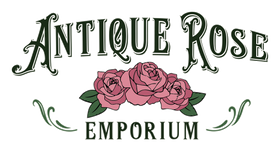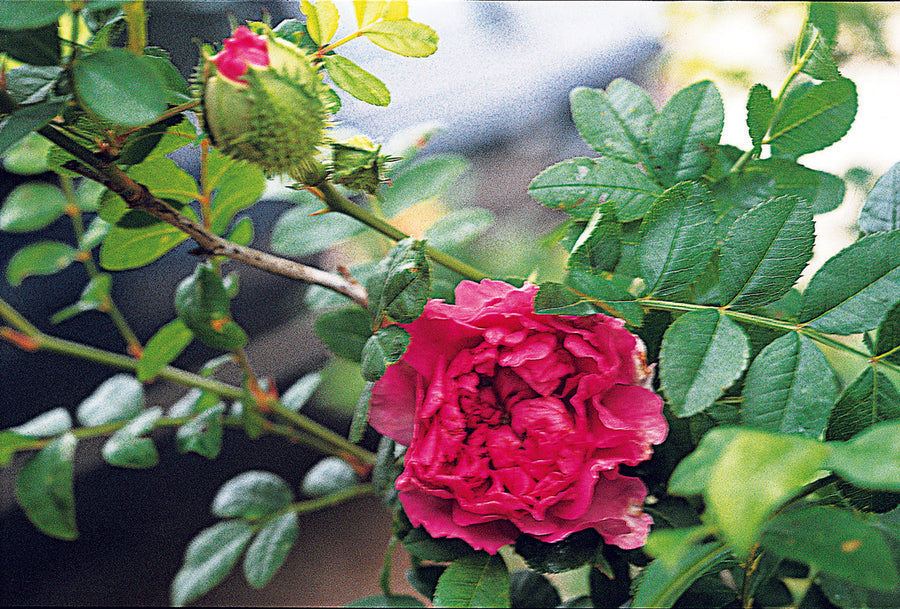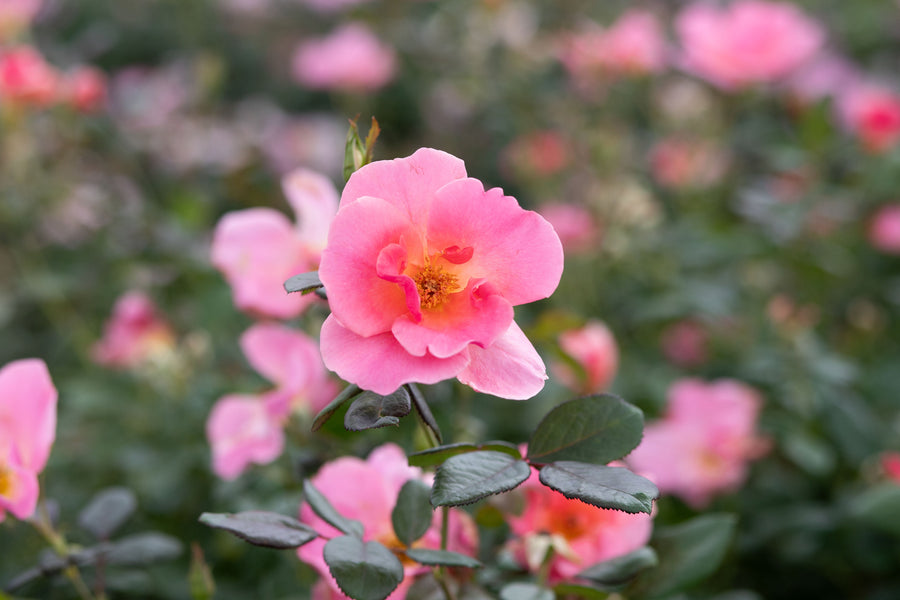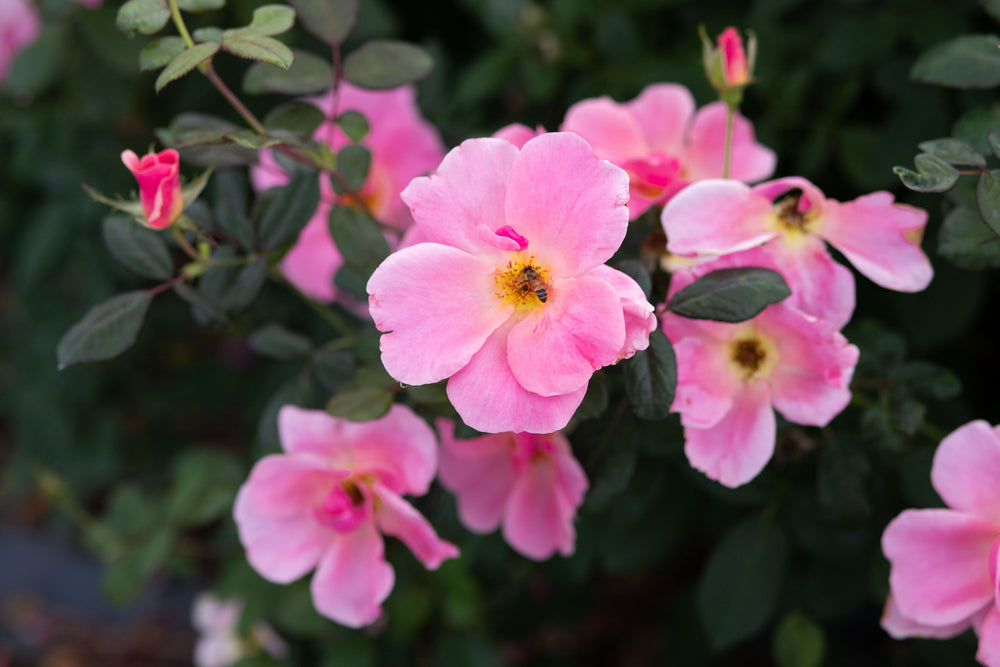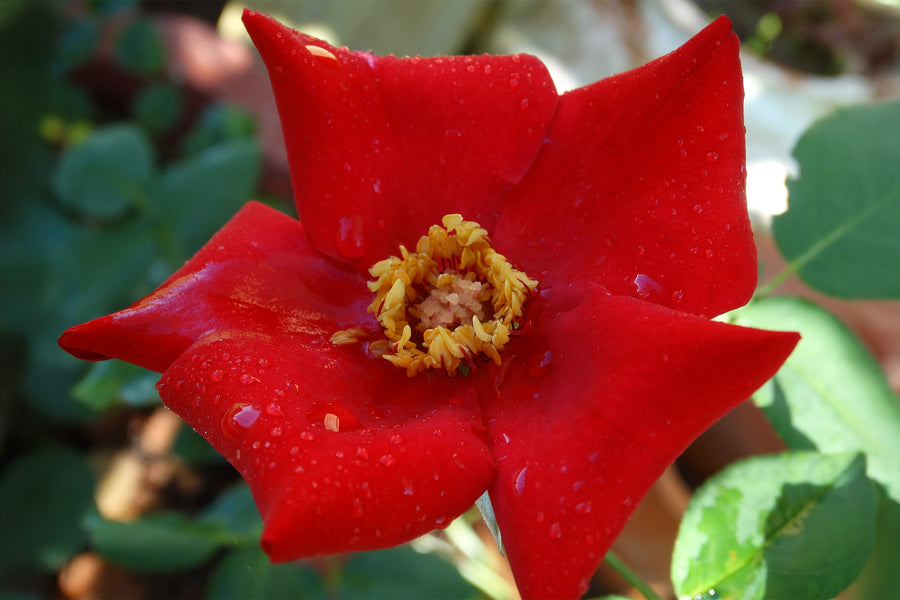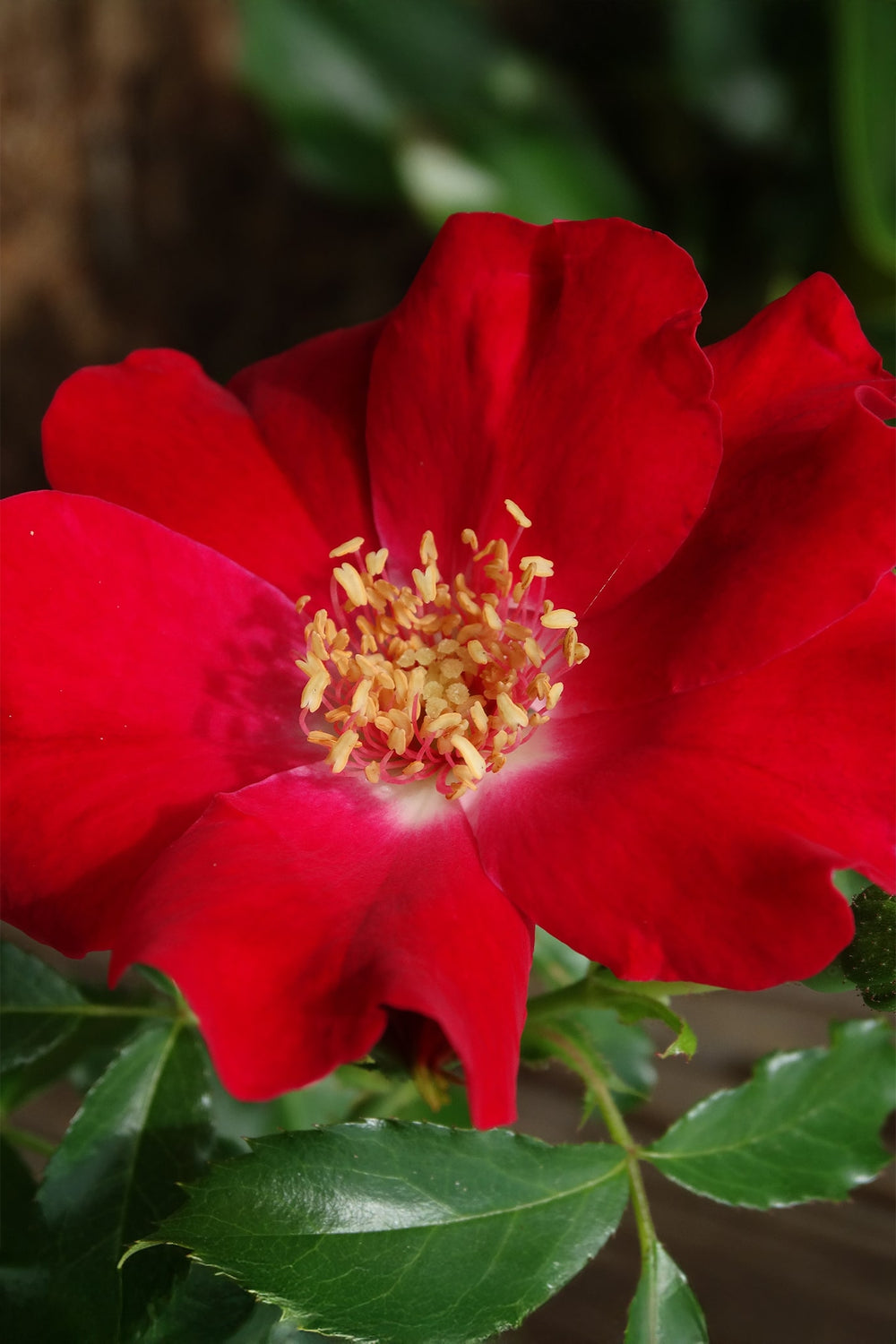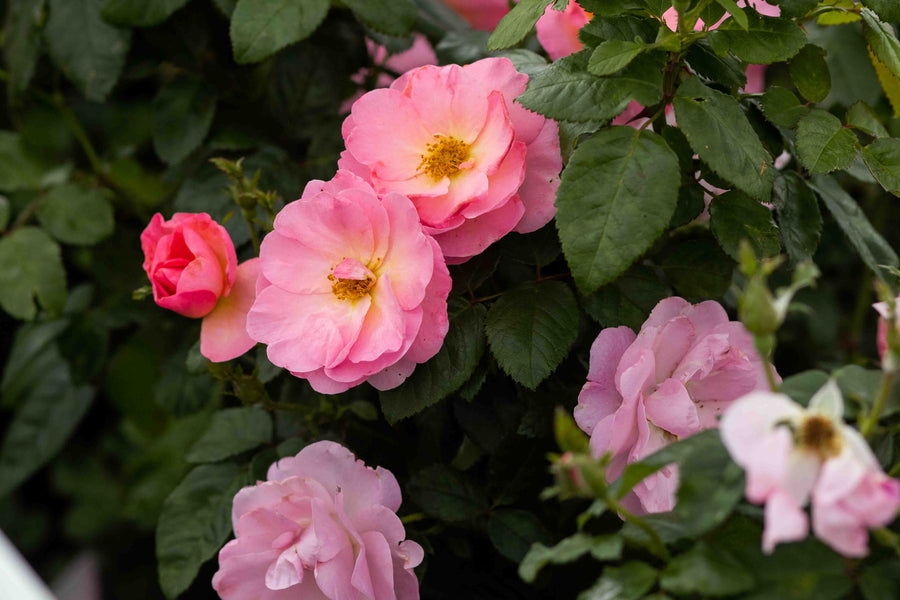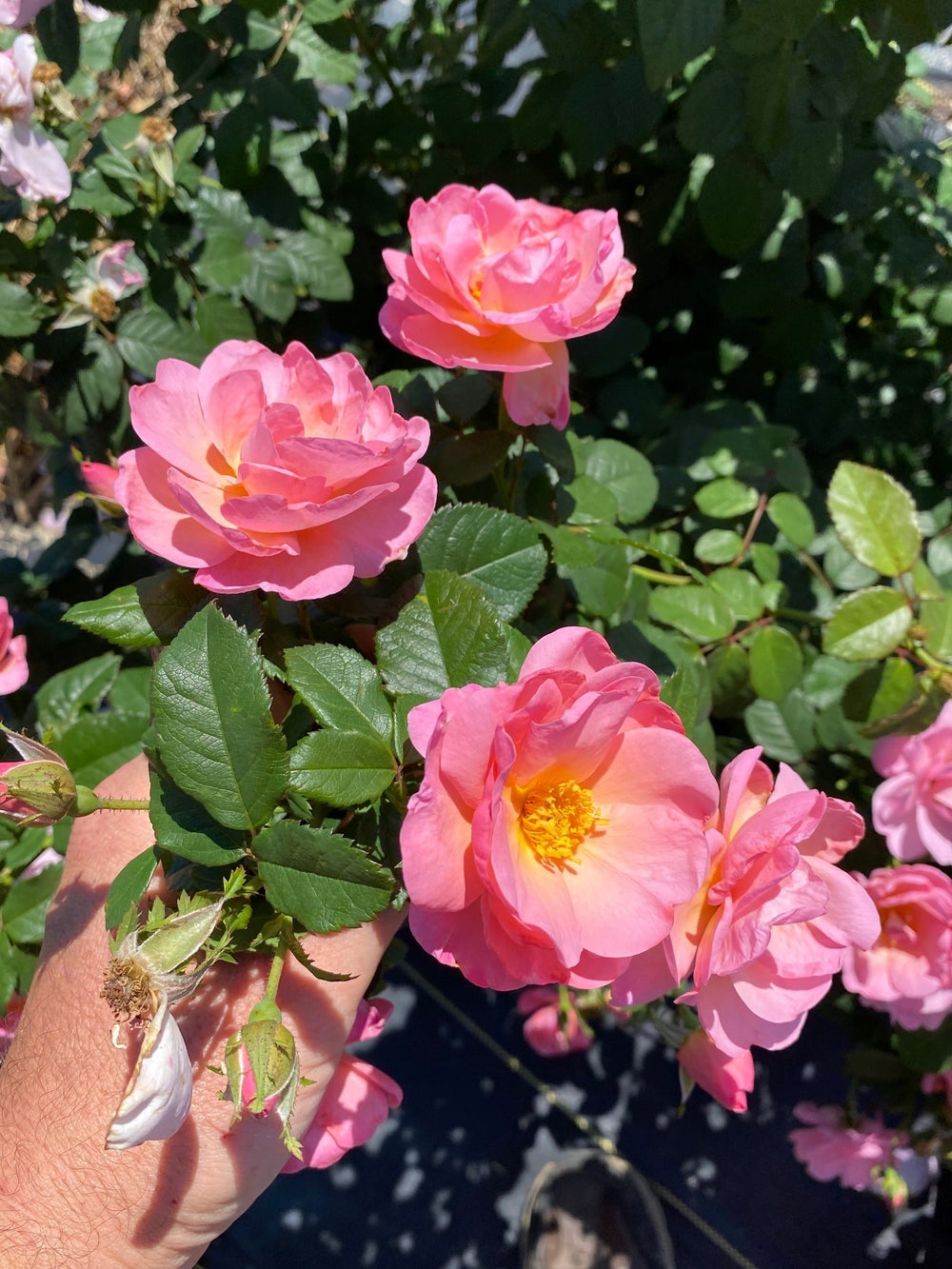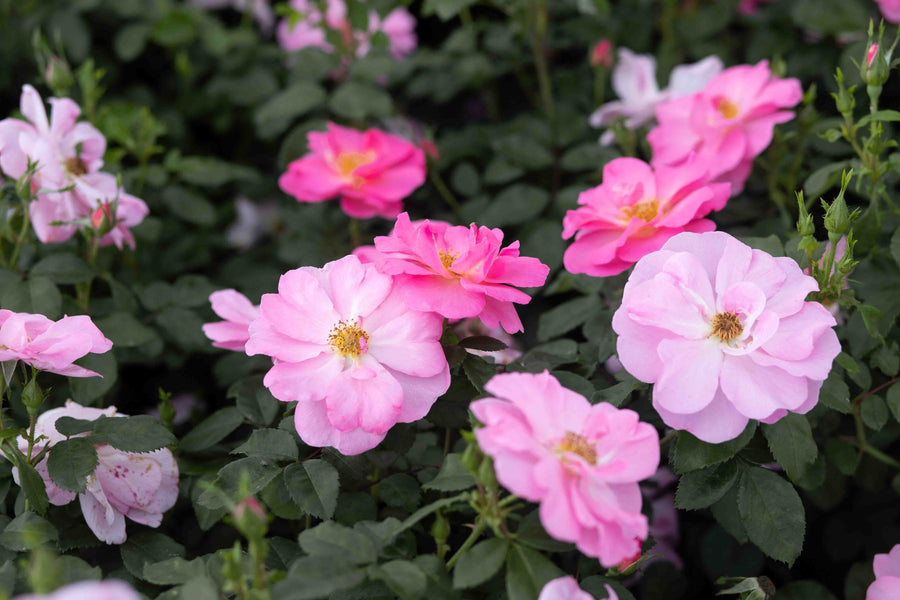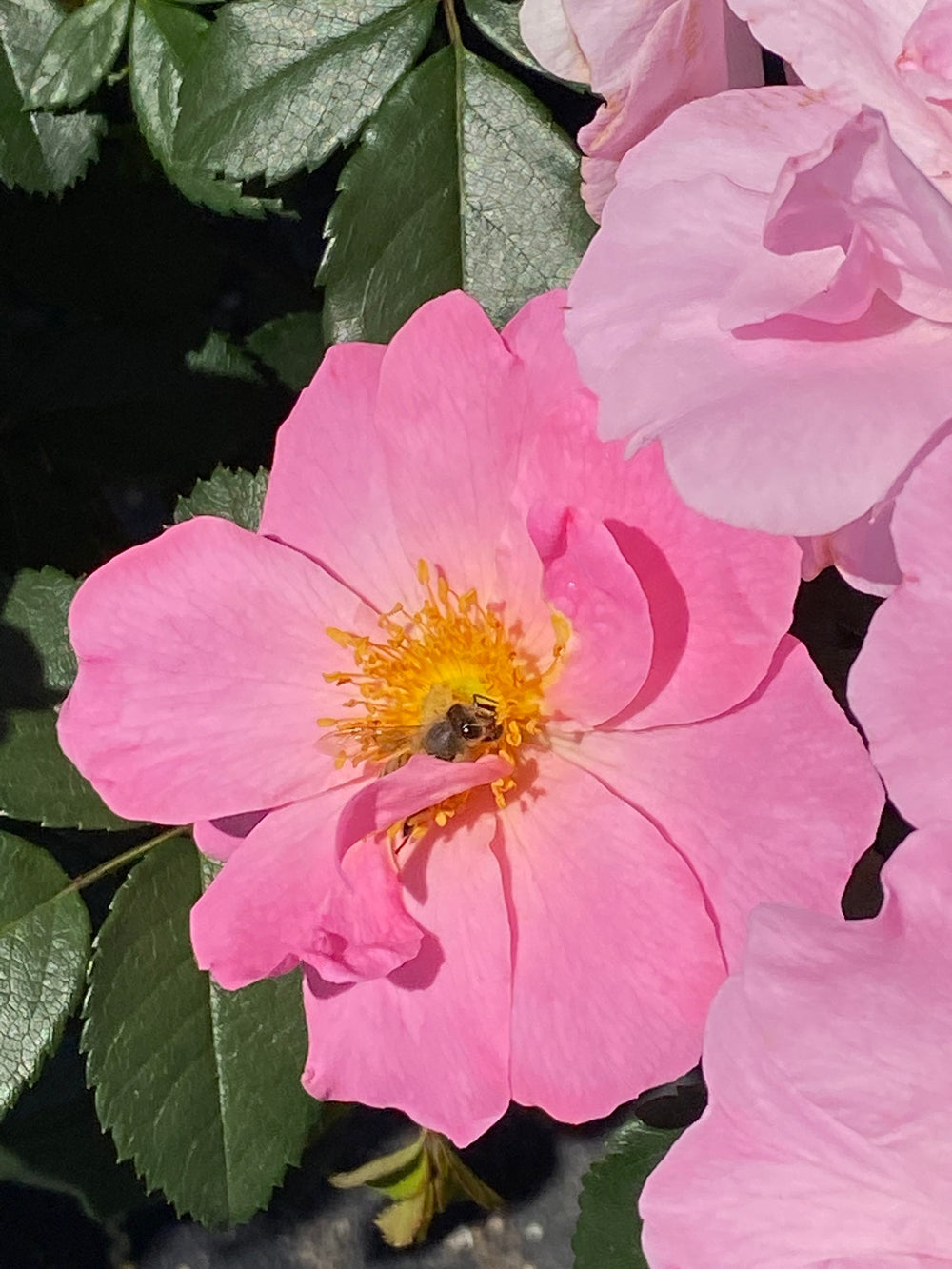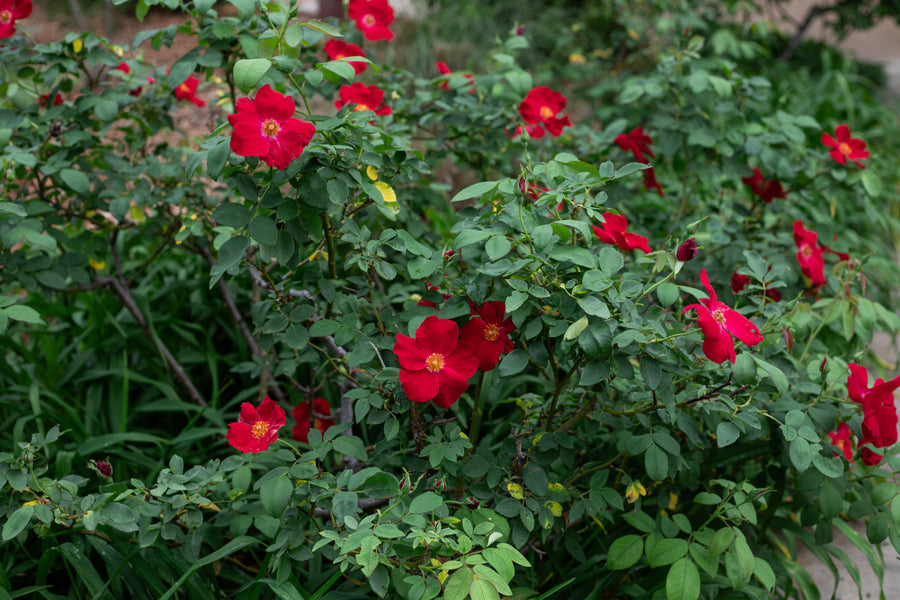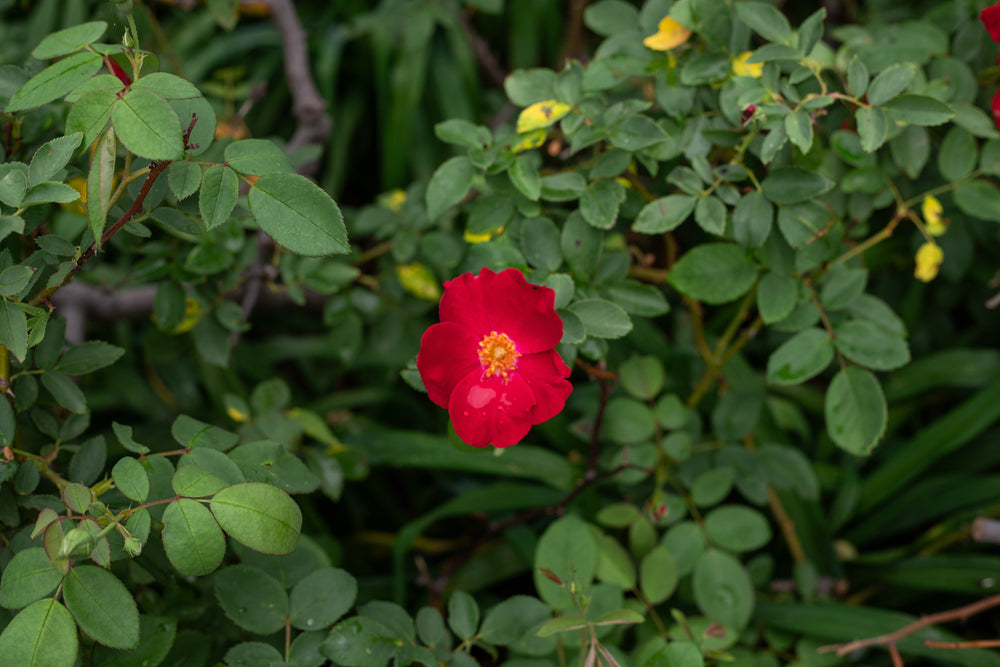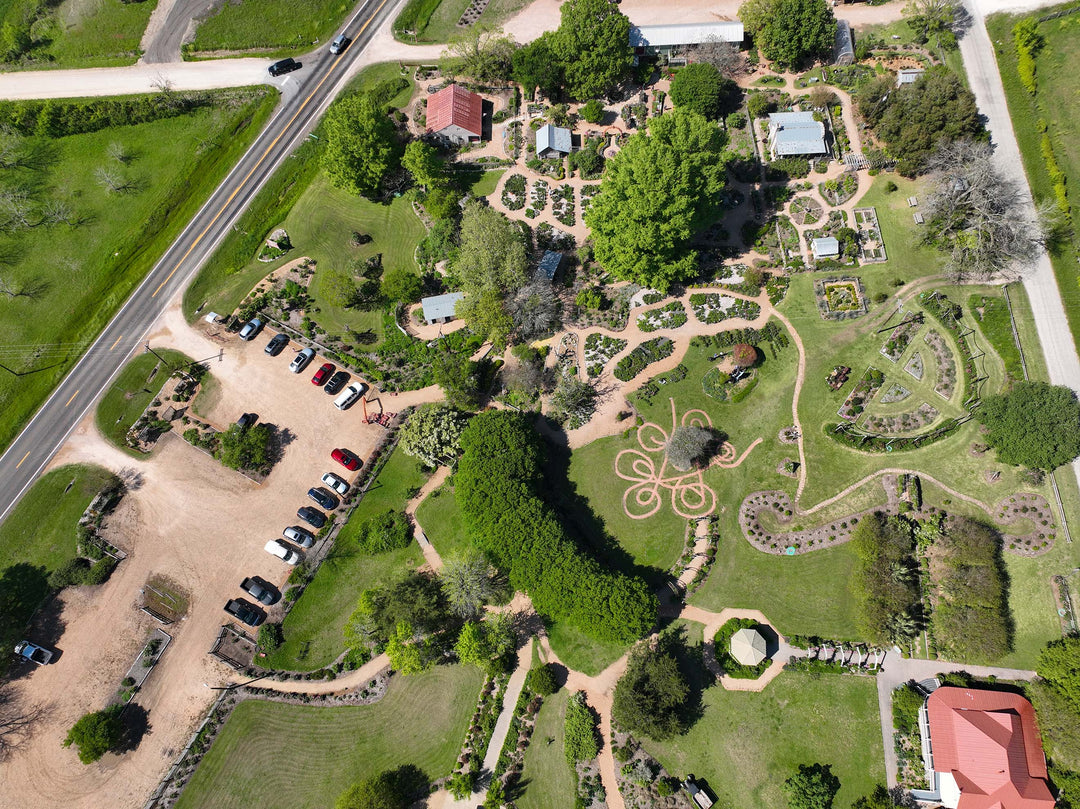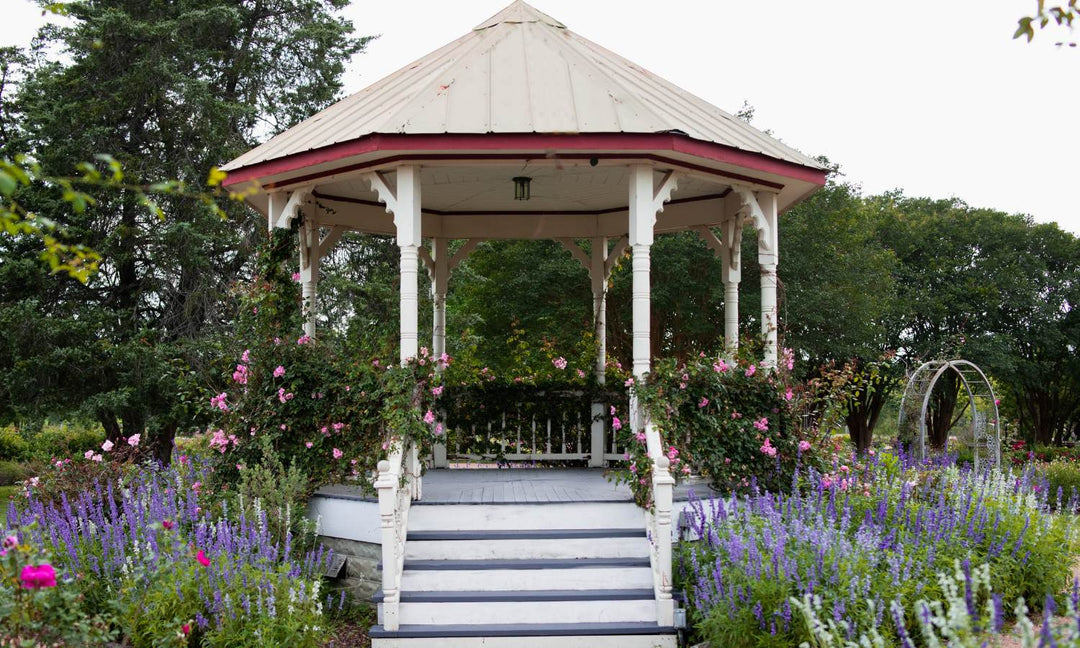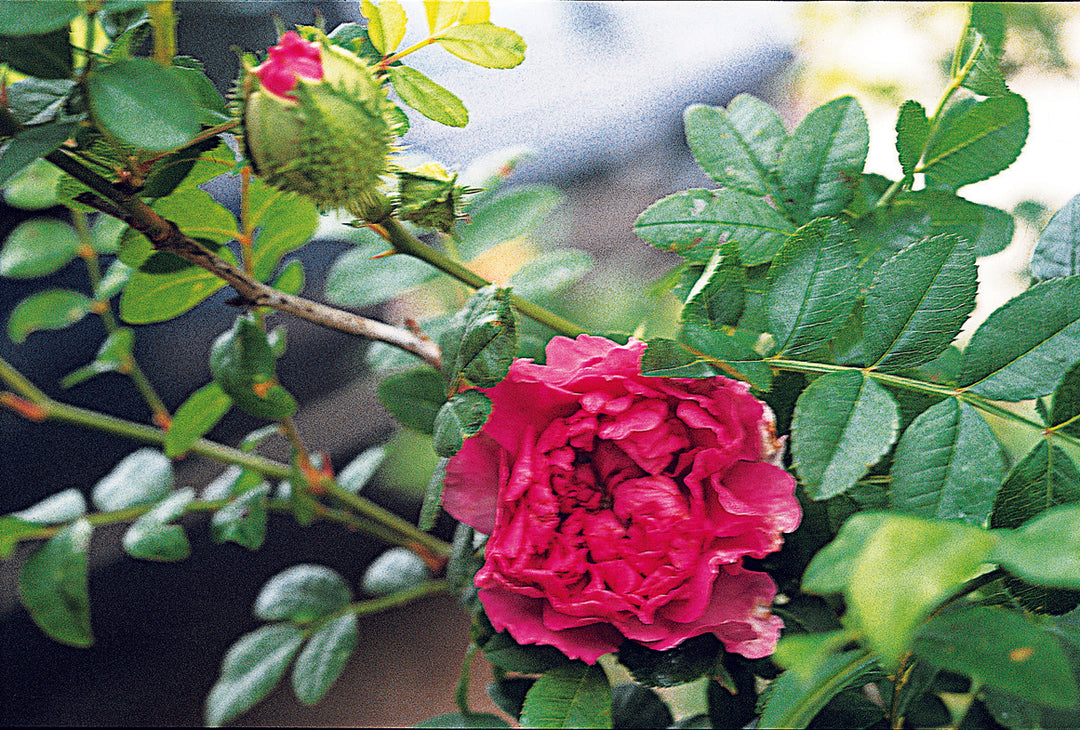
Chestnut Rose
Prior to 1814
5 to 7 feet
Also known as the ‘Chinquapin Rose’ and ‘Burr Rose’, this very double, garden form of R. roxburghii was introduced before the wild, single form because the interior of China was inaccessible to Europeans in the early 1800s. William Roxburgh, an assistant surgeon to the East India Co., came across this rose in a garden in Canton, China, where it had been grown for generations as ‘Hoi-tong-hong’. He sent it to the Calcutta Botanic Garden. From there it reached England in 1820 and quickly traveled on to America. We find it lingering in many old Southern gardens. The ‘Chestnut Rose’ is unique in many ways. The pink, lightly fragrant flowers open from mossy-looking buds irregularly throughout the growing season and are followed by bristly, globular hips that resemble chestnut burrs. The odd, pale brown bark of the branches, combined with leaves divided into many small leaflets (as many as 15), makes this rose a fascinating specimen plant, especially if allowed to reach its mature size.

